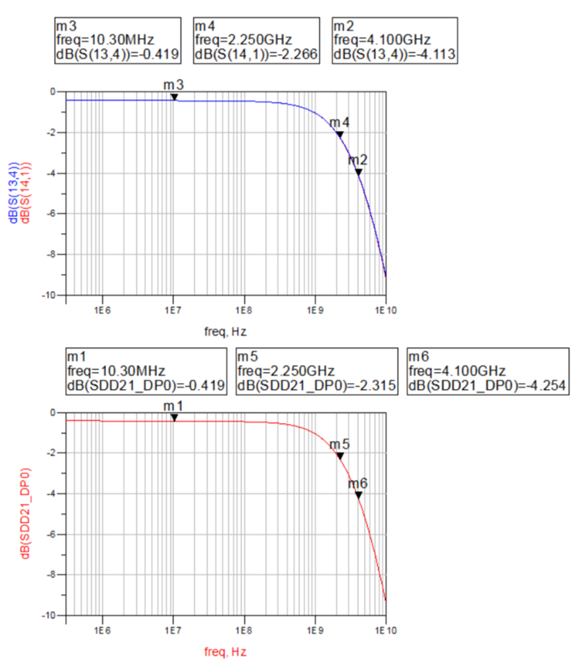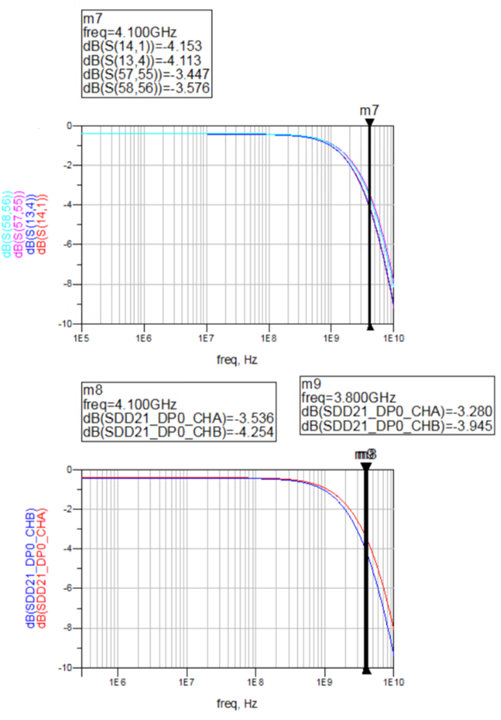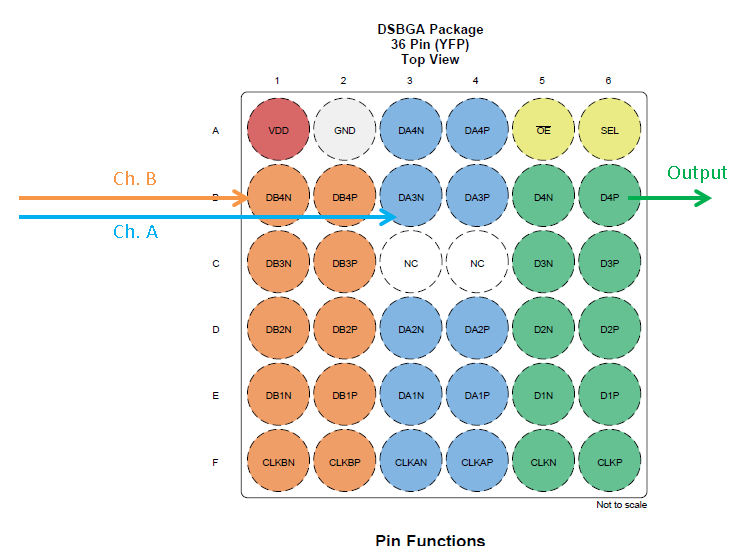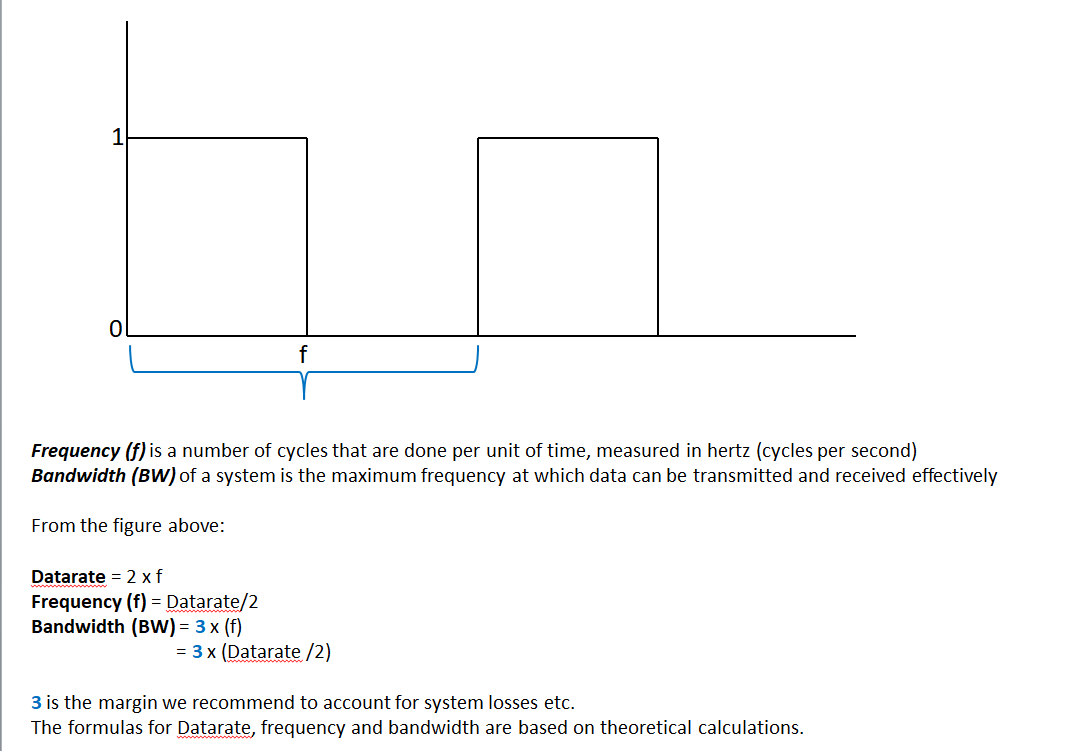Hi, Team
My customer used S parameter from ti.com to simulate and found the result BW is -4.254dB@4.1GHz, which is different from -3.32dB in datasheet curve. Is it correct result? As we mentioned, The datasheet plot shows differential bandwidth and the model is based on single-ended extracted measurement data. The expected differential device performance (which is most likely your use case) would be better than what the model would predict.
But he still has some confusion.






